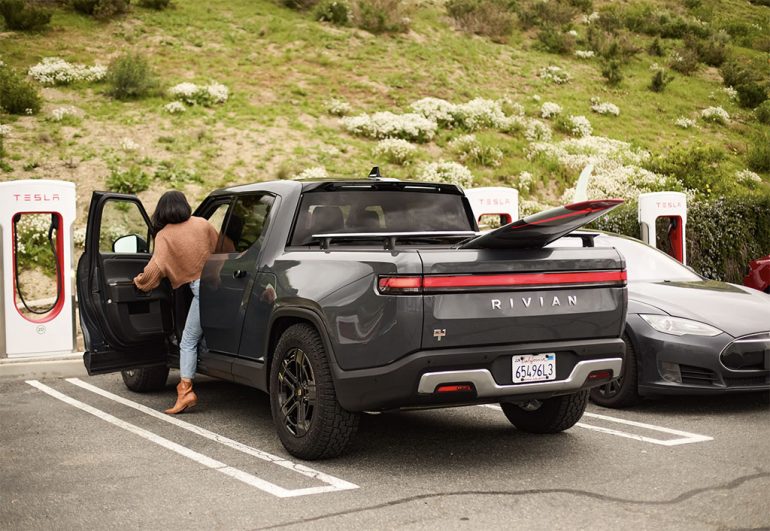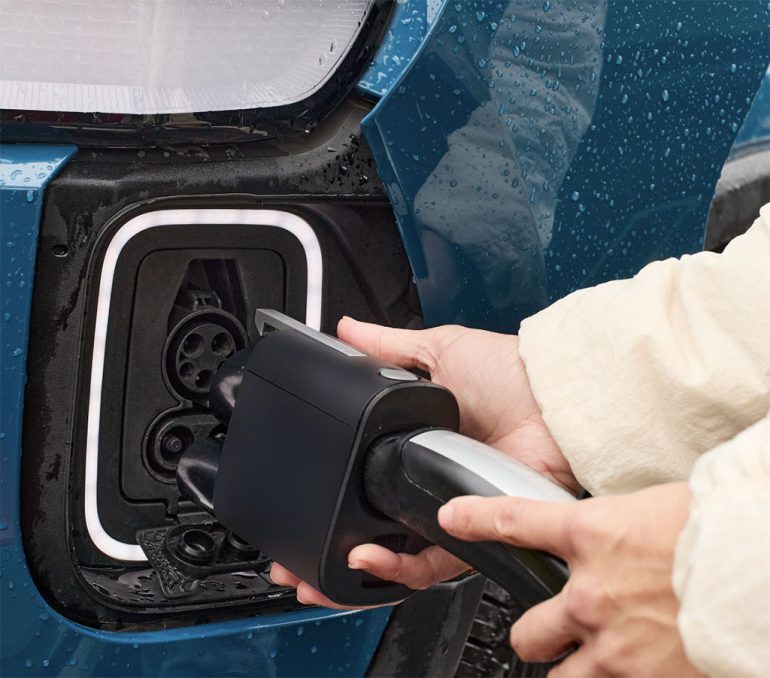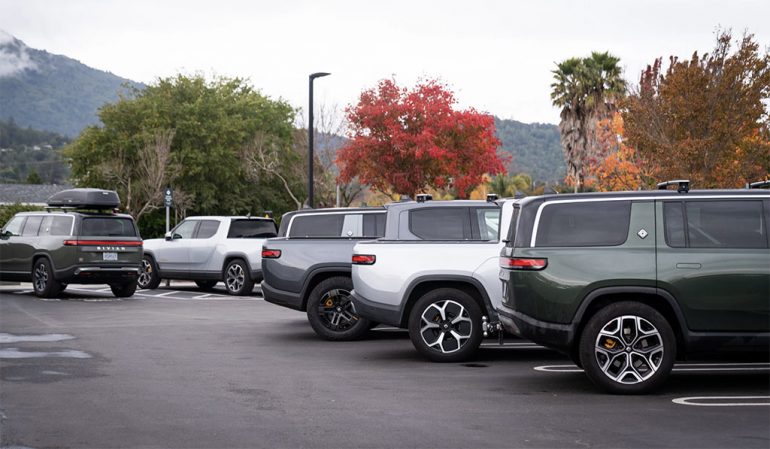
Rivian’s R1T pickup and R1S SUV owners now have access to Tesla’s expansive Supercharger network, following in the footsteps of Ford’s F1-150 Lightning and Mustang Mach-E. This integration, heralded across social media platforms, marks a significant step for Rivian’s electric vehicles (EVs) in terms of charging infrastructure.
To utilize the Tesla Supercharger stations, Rivian owners require a NACS to CCS1 adapter for charging compatibility. This adapter facilitates seamless connectivity between Rivian’s EVs and Tesla’s charging infrastructure, ensuring efficient and convenient recharging.

Payment for charging sessions is streamlined through the Rivian app, eliminating the need for Rivian owners to download the Tesla mobile app. Once the NACS to CCS1 adapter is connected to the vehicle, and a payment method is set up in the Rivian app, the charging process commences automatically. This integration not only simplifies the charging experience but also optimizes the utilization of resources, as users do not need to allocate space on their devices for additional apps.

Early reports suggest that the charging speed is satisfactory, with the payment process being seamlessly integrated into the plug-and-charge mechanism. According to testers, the entire process, from connecting the charger to initiating the charging session, takes less than 15 seconds. This efficiency is even noted to surpass the plug-and-charge functionality offered by the Rivian Adventure Network.
The adoption of NACS adapters by various automakers, including Rivian and Ford, signals a broader trend towards interoperability within the EV ecosystem. With many manufacturers planning to implement NACS adapters in their upcoming vehicles, the accessibility of the Tesla Supercharger network is expected to increase significantly. This expansion not only benefits EV owners by providing more charging options but also contributes to the broader acceptance and adoption of electric vehicles. As the EV infrastructure continues to evolve, barriers to EV ownership are gradually diminishing, making sustainable transportation more feasible for a broader audience.

Mike Floyd is a finance executive by trade and a car enthusiast at heart. As a CFO with a keen eye for detail and strategy, Mike brings his analytical mindset to the automotive world, uncovering fresh insights and unique perspectives that go beyond the surface. His passion for cars—especially his favorite, the Porsche 911, fuels his contributions to Automotive Addicts, where he blends a love for performance and design with his professional precision. Whether he’s breaking down industry trends or spotlighting emerging innovations, Mike helps keep the site both sharp and forward-thinking.